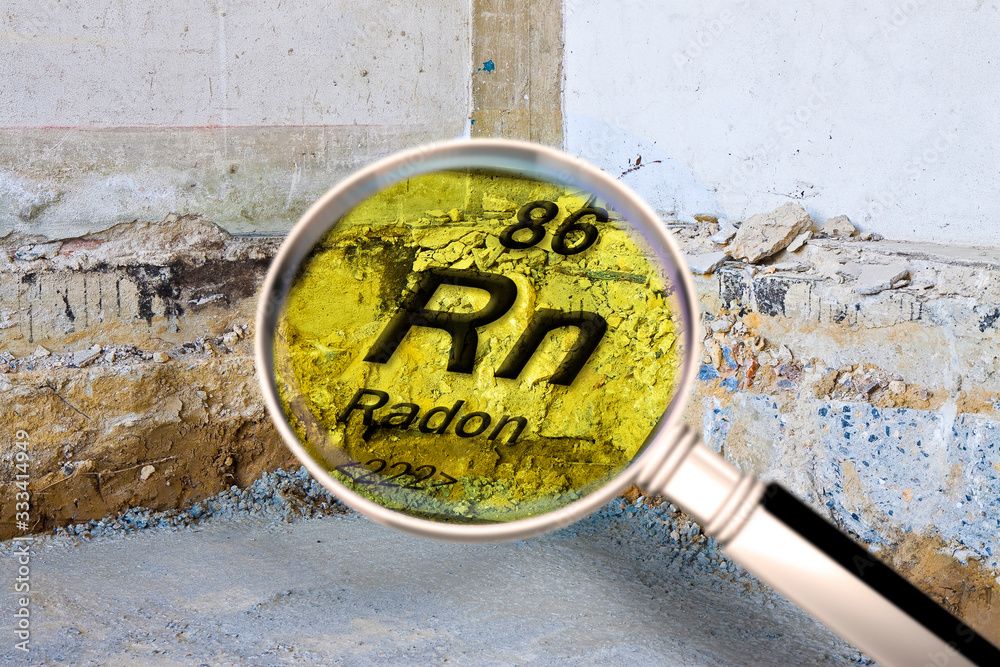News
Article
Researchers Connected Radon, A Known Cause of Lung Cancer, to Additional Health Condition
Author(s):
Individuals with ischemic stroke that resided in areas with an indoor radon concentration greater than 4 pCi/L had an increased risk of developing clonal hematopoiesis of indeterminate potential.
New study findings announced that radon, a radioactive gas known to cause lung cancer, could be connected to the cause of clonal hematopoiesis of indeterminate potential (CHIP), among individuals with ischemic stroke, according to research published in the journal of the American Academy of Neurology.
Image credit: Francesco Scatena | stock.adobe.com

Radon is caused when uranium or radium metals break down in rocks and soil, creating an indoor air pollutant.
“Radon is a known mutagen, meaning it can cause genetic mutations,” said Eric A. Whitsel, MD, MPH, of the University of North Carolina in Chapel Hill and study author, in a press release. “It is also a growing concern because this gas makes its way into homes, and exposure is increasing as modern construction practices make homes more airtight. We wanted to determine if exposures to high levels of radon are linked to this condition called CHIP, caused by genetic mutations in hematopoietic stem cells.”
CHIP is progressed when hematopoietic stem cells endure genetic mutations, like an individual aging, causing the cells to replicate at a faster rate with mutations. The study authors noted that individuals with CHIP could face a higher risk of leukemia, cardiovascular disease, and stroke. However, researchers found an increased risk in middle aged women with ischemic stroke.
The study included 10,799 women with the average age of 67 years. The study authors noted that around half of the women had a stroke or blood clots in the past. Because the study only included middle aged or older women, it created a limitation in the study and results could vary among different populations.
The study authors noted that they used data from the United States Environmental Protection Agency (EPA) to assess in the indoor radon concentrations in the area each individual resided in. The individuals were then placed in 3 groups based on the EPA's average indoor radon score, which should not surpass 4 picocuries per liter (pCi/L).
The individuals placed in the highest group lived in an area with a radon concentration greater than 4 pCi/L, the middle group was between 2 and 4 pCi/L, and the lowest group was less than 2 pCi/L.
After the researchers assessed individuals for mutations using genetic testing, the results found that 9% of individuals that lived in the highest intensity of radon had CHIP, compared to 8.4% in medium areas and 7.7% in low areas.
Further results found that individuals with ischemic stroke that resided in high areas of radon had a 46% increase of developing CHIP, compared to 39% among individuals living in low areas. The results were based on age, education, race, and ethnicity of the individuals included in the study.
However, the study authors noted that individuals who did not have stroke should not experience an increased risk of developing CHIP.
“Although the results do not support an association between radon and CHIP among female participants overall, they do suggest an association between radon and CHIP among participants with ischemic stroke,” said Whitsel, in a press release. “A reason for this association has yet to be confirmed. Future studies are needed to further explore possible links between radon exposure and stroke, especially since current public health screening and prevention efforts for radon focus only on lung cancer.”
Reference
Is radon linked to health condition other than lung cancer? EurekAlert!. News release. January 3, 2024. Accessed January 9, 2024. https://www.eurekalert.org/news-releases/1030080.
Newsletter
Stay informed on drug updates, treatment guidelines, and pharmacy practice trends—subscribe to Pharmacy Times for weekly clinical insights.





